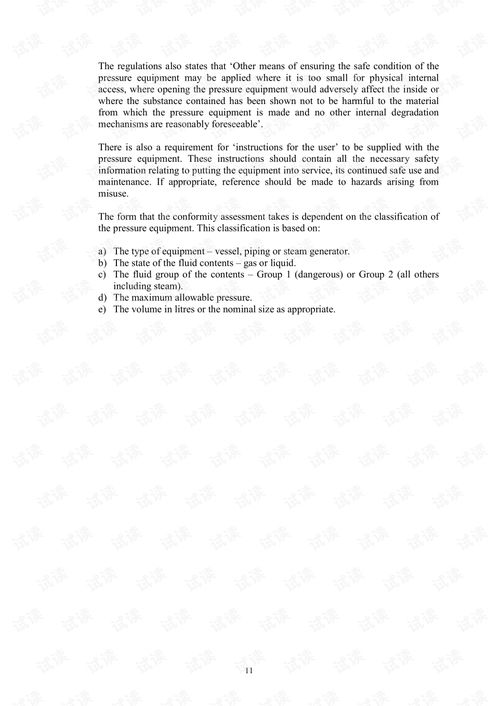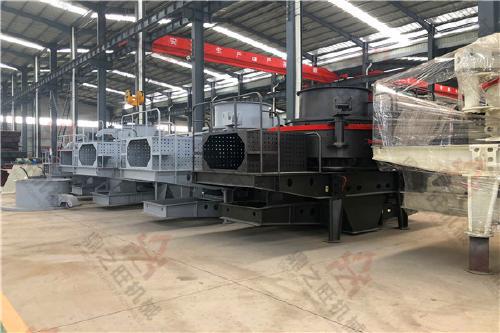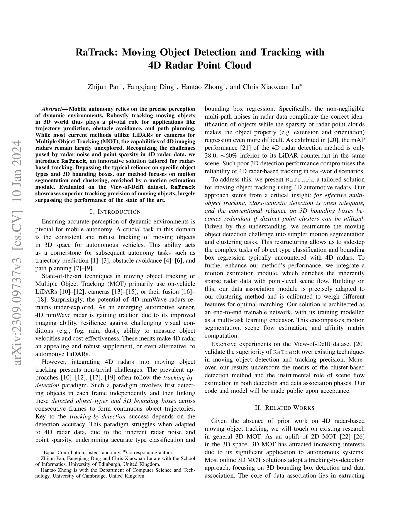Textile Inspection Practices and Case Studies
: Textile Inspection Practices and Case Studies,Abstract:,This paper explores the inspection practices employed in the textile industry, focusing on both traditional and modern methods. It highlights the importance of quality control in maintaining product integrity and consumer trust. The study also presents case studies from various industries to illustrate the application of these practices and their effectiveness in enhancing product performance and reducing costs. Overall, the findings emphasize the need for continuous improvement in inspection processes to meet evolving market demands and regulatory standards.
Introduction: Textile inspection is a critical process in the manufacturing, distribution, and quality control of various textile products. It involves the examination of fabrics for defects, such as color variations, thickness irregularities, thread breaks, and other physical or chemical imperfections that may compromise product functionality or appearance. In this article, we will explore the essential aspects of textile inspection practices and provide practical examples to illustrate how these principles are applied in real-world scenarios.
-
Preparation Before Inspection Before conducting any inspection, it is crucial to ensure that the inspection area is clean and free from any contaminants that could affect the accuracy of the results. This includes cleaning the worktable, using disposable gloves, and ensuring that all necessary tools and equipment are ready and operational. Additionally, labeling the samples according to their intended use (e.g., colorfastness, strength) helps in organizing the inspection process and ensures that each sample is inspected by its appropriate test method.
-
Test Methods for Textile Inspection Textile inspection typically involves several different methods, each designed to detect specific types of defects. Common methods include visual inspection, mechanical testing, and laboratory analysis.
Visual Inspection: This method involves the naked eye observation of the fabric surface for any visible defects such as holes, tears, loose threads, or discolorations. A simple table can be used to record the findings, with each defect noted on a separate row.

Mechanical Testing: Mechanical testing involves applying force to the fabric to measure its resistance to tearing or deformation. Common tests include tensile strength testing, which measures the breaking strength of the fabric; burst strength testing, which assesses the fabric's ability to resist rupture under pressure; and elongation testing, which measures the amount of stretch the fabric can endure before breaking.
Laboratory Analysis: Laboratory analysis involves analyzing the fabric's composition and properties through specialized techniques such as dyeability tests, shrinkage measurements, and flame testing. These tests help identify potential issues with the fabric's colorfastness, shrink resistance, and safety features.
-
Recording Findings Once the inspection has been completed, it is important to carefully document the findings in a clear and organized manner. This can be done using a variety of formats, including tables, charts, and flowcharts. The data should be accurate and complete, with each defect noted along with its description, location, and any relevant test method used to determine its presence.
-
Interpretation of Results After recording the findings, it is essential to interpret them in a way that accurately reflects the integrity of the fabric. This requires knowledge of the relevant standards and testing protocols, as well as an understanding of the typical characteristics of each type of defect. For example, a small hole might not necessarily indicate a significant problem unless it affects the fabric's structural integrity or performance under certain conditions.
Case Study: Let's consider a scenario where a textile manufacturer is producing high-quality sportswear fabrics for a major sporting event. To ensure the fabrics meet stringent standards, the manufacturer conducts a comprehensive inspection process that includes both visual and mechanical testing. During the inspection, the manufacturer notices some minor discolorations on the fabric samples. Upon closer examination, it is determined that these discolorations are due to natural variations in the fibers and are not considered a defect under the company's quality control standards. However, the manufacturer also observes some slight creasing in the fabric samples during mechanical testing. Despite this finding, it is determined that the creasing does not significantly impact the overall performance of the fabric and is not considered a defect under normal wear conditions.
Conclusion: Textile inspection is a vital part of the manufacturing process that ensures the quality and safety of textile products. By following proper preparation procedures, using appropriate test methods, and accurately recording findings, manufacturers can minimize the risk of defective products entering the market. Additionally, by interpreting the results correctly and addressing any identified issues promptly, manufacturers can maintain their reputation for delivering high-quality products to customers.
在纺织品行业中,纺织品检测是确保产品质量和安全的重要环节,本篇将围绕纺织品检测实务展开讨论,结合实际案例分析,旨在提高检测人员的业务能力和实际操作水平。
纺织品检测概述
纺织品检测主要包括纤维含量检测、质量检测、安全性检测等多个方面,纤维含量检测是纺织品质量检测的基础,通过检测纤维含量可以了解纺织品的材质和性能。
检测流程与操作要点

- 样品准备:在检测前,需要准备好待检测的样品,确保样品符合检测标准。
- 设备使用:使用专业的纺织品检测设备进行样品检测,确保检测结果的准确性。
- 数据记录:记录检测数据,包括纤维含量、质量等指标,为后续分析提供依据。
案例分析
某品牌纺织品质量检测
某品牌近期推出的一款新型面料,需要进行质量检测,检测人员首先对样品进行外观检查,确认样品外观无明显瑕疵,然后使用专业纺织品检测设备进行纤维含量和质量的检测,经过检测,发现该面料的主要纤维含量符合标准,质量也符合要求,最终出具了合格的检测报告。
纺织品安全性检测
在纺织品安全性检测中,需要关注纤维成分的安全性、有害物质含量等指标,某地区近期发生的一起纺织品安全事故,涉及到某品牌的儿童服装,检测人员对该服装进行了全面的安全性检测,包括纤维成分的安全性测试和有害物质含量检测,经过检测,发现该服装的纤维成分和有害物质含量均符合国家标准,证明该纺织品具有较高的安全性。
实际操作与案例说明
在实际操作中,需要注意以下几点:
- 样品准备要充分:在样品准备阶段,需要确保样品符合检测标准,避免因样品问题导致检测结果不准确。
- 设备使用要规范:使用专业的纺织品检测设备进行样品检测时,需要严格按照设备操作规程进行操作,确保检测结果的准确性。
- 数据记录要完整:在记录数据时,需要确保记录的准确性、完整性和可追溯性,还需要对数据进行统计分析,为后续分析提供依据。
提高纺织品检测实务的操作建议
- 加强培训:提高检测人员的业务能力和实际操作水平,加强培训和学习。
- 完善检测流程:制定完善的纺织品检测流程,确保检测结果的准确性和可靠性。
- 加强质量控制:加强质量控制体系的建设和完善,确保检测结果的公正性和可信度。
- 案例学习与分享:通过案例学习与分享,提高检测人员的业务能力和实际操作水平,促进行业交流和发展。
纺织品检测是确保纺织品产品质量和安全的重要环节,在实际操作中,需要注意样品准备、设备使用、数据记录等要点,还需要加强培训、完善检测流程、加强质量控制等措施,提高纺织品检测实务的操作水平,通过不断学习和实践,可以提高检测人员的业务能力和实际操作水平,为纺织行业的发展做出更大的贡献。
Articles related to the knowledge points of this article:
Navigating Fashion with Quality:The Evolution of Nantong Yipin Textiles
Exploring the Future of Textiles with Yiao Shu Textile Factory
The Magic of Textile Humidity Control with Smart Instruments



